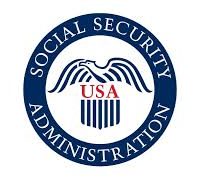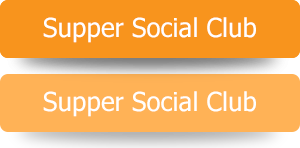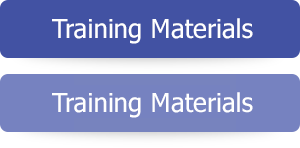Benefits Information 24-06

The proper use of Benefits (SSI)
A payee must use benefits in the best interests of the beneficiary, according to his/her best judgment. Food and lodging are considered first priority expenses. After that, clothes, health care and transportation are probably second tier priorities. Education and job training are important as well. Beyond that, the money can be spent for the emotional well-being and recreation of the recipient. But given the amounts involved, there isn’t much left for that.
First, you must make sure the beneficiary’s day-to-day needs for food and shelter are met. Then, the money can be used for any of the beneficiary’s medical and dental care that is not covered by health insurance, and for personal needs, such as clothing and recreation. If there is money left after you pay for the beneficiary’s needs, it must be saved, in Special accounts approved by SSA like Special needs Trust, ABLE trust account, IDA accounts, or PASS plan.
Benefits should be used for current needs such as food, clothing, shelter, utilities, dental and medical care and personal comfort items, or reasonably foreseeable needs. If not needed for these purposes, the benefits must be conserved or invested on behalf of the beneficiary. Where the beneficiary has unmet current maintenance needs, saving benefits serves little purpose and would not be in the beneficiary’s best interests.
WHAT INCOME DOES NOT COUNT FOR SSI?
Examples of payments or services we do not count as income for the SSI program include but are not limited to:
· the first $20 of most income received in a month;
· the first $65 of earnings and one–half of earnings over $65 received in a month;
· the value of Supplemental Nutrition Assistance Program (food stamps) received;
· income tax refunds;
· home energy assistance;
· assistance based on need funded by a State or local government, or an Indian tribe;
· small amounts of income received irregularly or infrequently;
· interest or dividends earned on countable resources or resources excluded under other Federal laws;
· grants, scholarships, fellowships or gifts used for tuition and educational expenses;
· food or shelter based on need provided by nonprofit agencies;
· loans to you (cash or in–kind) that you have to repay;
· money someone else spends to pay your expenses for items other than food or shelter (for example, someone pays your telephone or medical bills);
· Work Incentive from SSA: Income set aside under a Plan to Achieve Self–Support (PASS).
· Work Incentive from SSA: Earnings up to $2,290 per month to a maximum of $9,230 per year (effective January 2024) for a student under age 22 attending regularly school.(Student Earned-Income Inclusion SEIE)
· Work Incentive from SSA: The cost of impairment–related work expenses for items or services that a disabled person needs in order to work. (Impairment–Related Work Expenses)
· Work Incentive for blind beneficiaries: The cost of work expenses that a blind person incurs in order to work. (Blind work expenses)
· Disaster assistance.
· the first $2,000 of compensation received per calendar year for participating in certain clinical trials;
· Certain exclusions on Indian trust fund payments paid to American Indians who are members of a federally recognized tribe.













